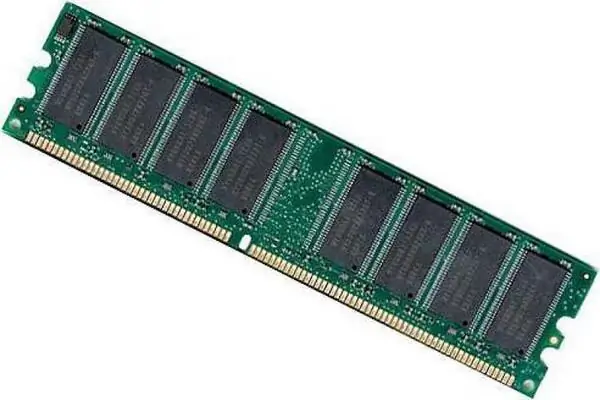Random access memory (RAM, RAM - random access memory) is one of the main components of a computer. Of course, the amount of RAM installed in a computer is very important, but its configuration also plays an equally important role, since the RAM module also has a certain speed of operation. Even if your computer has a very powerful processor, without proper RAM settings, you won't be able to make the most of your PC's computing power.

Necessary
- - a computer with Windows OS;
- - RAM.
Instructions
Step 1
As a rule, the operating parameters of the RAM modules are set automatically immediately after they are connected to the computer's motherboard. But using the BIOS menu, you can tweak the RAM more finely.
Step 2
Turn on the computer and immediately after that press the Del key. The BIOS menu will appear. As a rule, you can find the settings for configuring RAM in the Advanced tab. Next, you need to select CPU Configuration and go to the Memory controller tab. But depending on the motherboard model and BIOS version, the RAM settings may be in other tabs.
Step 3
When you open the menu and adjust the parameters of the computer's RAM, you will see that almost all the parameters are assigned the value "Auto". This means that the system has automatically adjusted the operation of the RAM. You will see that there are a lot of memory settings options. In fact, you do not have to configure all of its parameters manually, you only need the basic parameters.
Step 4
One of the main parameters of RAM operation is Memory frequency, that is, the clock frequency at which your memory operates. Select the Memory frequency line and the Manual parameter in it. This means that you can now independently change the frequency of the OP. Now set the frequency of the RAM. The value that appears immediately after you select the manual setting of the memory frequency is considered the default, you can increase this frequency.
Step 5
You can also increase the speed of issuing the read signal, for this, find the Speculative Leadoff option (not supported by all motherboard models) and enable this function by selecting the Enabled parameter. Then find the Turn-Around Insertion value and enable this feature as well. This should improve memory performance slightly.






